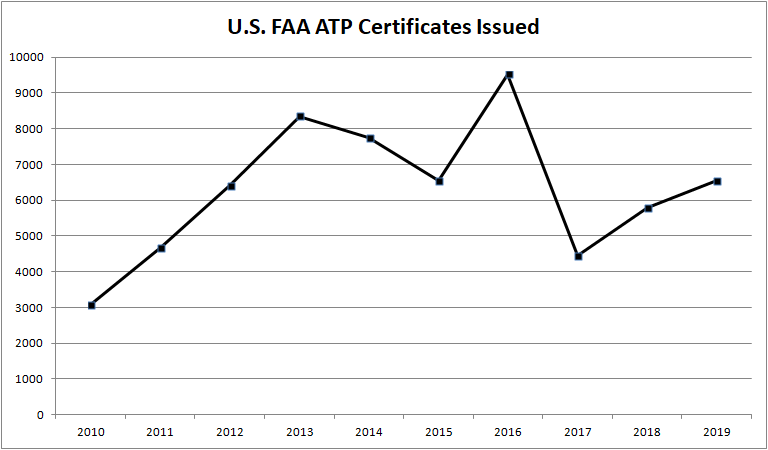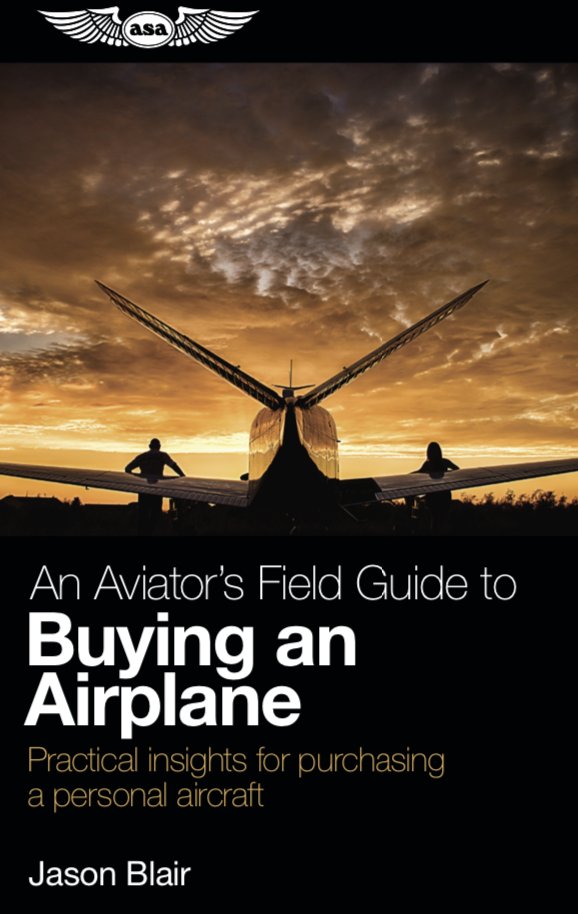
ATP pilot certification trends continue to head upwards with the 2019 numbers. That’s a good thing for filling the needed seats in U.S. airlines.
Remembering that there was a major change in certification requirements in the past decade, we were seeing a downward trend of certification issuances for ATP level certificates here in the United States that quickly spiked ahead of the changes in the regulations, with the highest number of certifications taking place being in 2016 just before the new certification requirements took place.
In 2017, the number of ATP certificates dropped by over 50%.
Since then, and as airlines and trading providers have come up to speed with new ATP CTP courses and developed in house ATP training efforts (at many of the regional airlines or through partner schools with whom they work), the number of ATP certificates has been steadily increasing to meet the demand of aggressive airline hiring.
While not back to the numbers we were seeing before regulation changes, the number of ATP certificates issued in 2019 more closely resembled that of years prior to the regulations changes.
This expansion will more effectively help airlines fill their employee needs in the upcoming years. This data is worth continuing to track as many airlines still predict shortfalls in hiring efforts compared with the attrition of pilots who are retiring or taking positions with other service providers in larger aircraft.
With that in mind, here is what the data is showing with the latest years certification issuances included.


